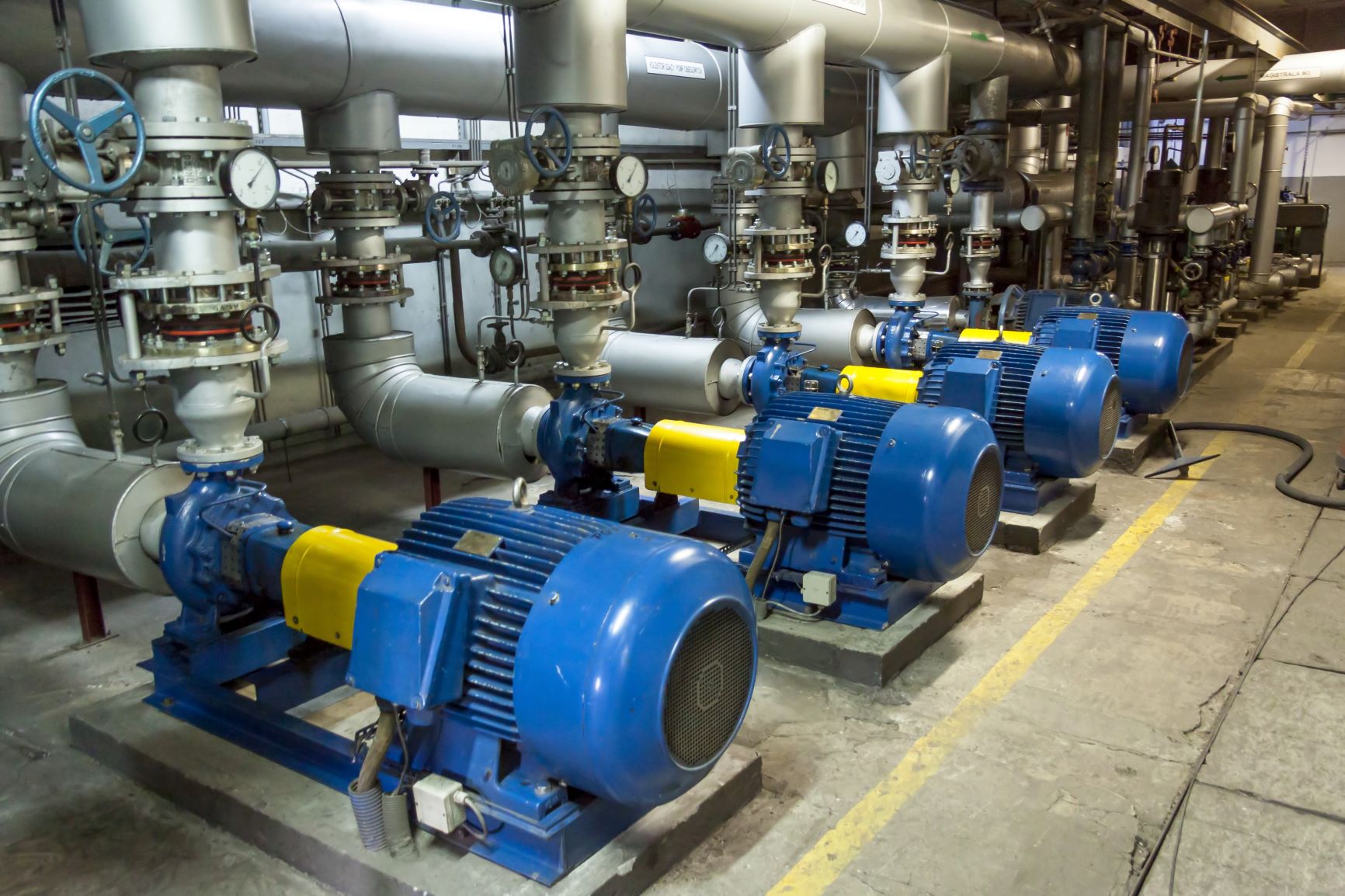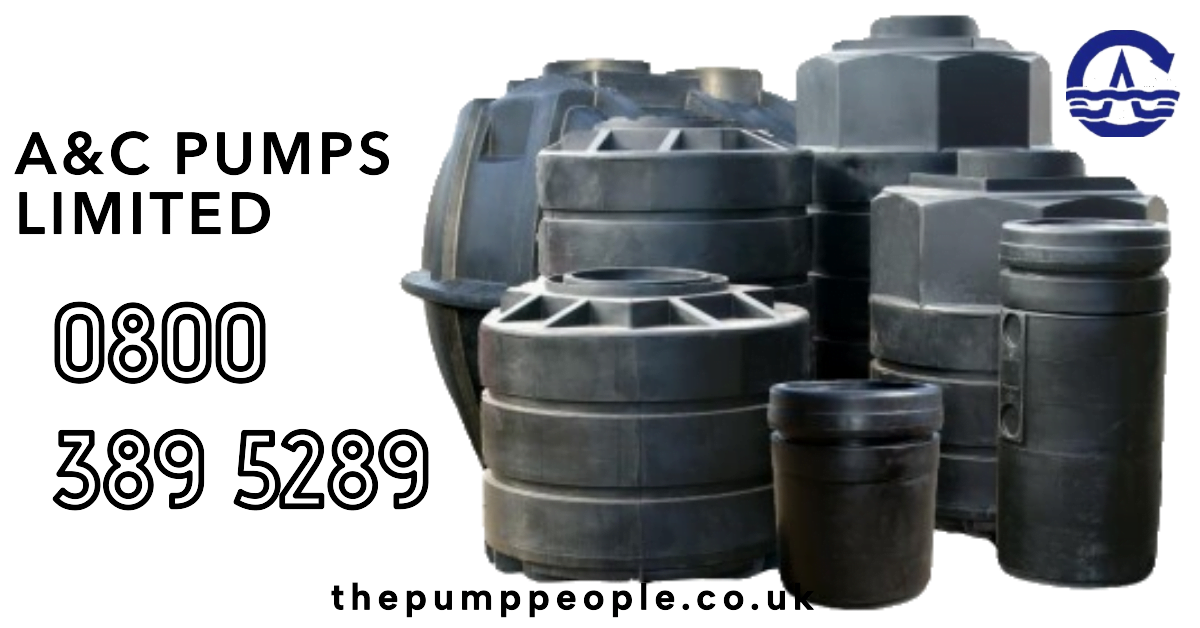Waste Water Pumping Station
We provide a range of waste water pumping station for both municipal sewage systems and industrial wastewater treatment plants.
Waste Water Pumping Station:
What is a Waste Water Pumping Station?
A Waste Water Pumping Station, also known as a lift station, is a facility that moves wastewater from lower to higher elevations, where gravity cannot do the work. These stations are commonly used in municipal sewage systems and industrial wastewater treatment plants.
Wastewater is collected in underground pipes and directed towards the pumping station. At the station, wastewater flows into a wet well, which is a large underground tank that holds the wastewater until it reaches a predetermined level. Once the level is reached, pumps in the wet well are activated and wastewater is pumped through pipes to the treatment plant or to another pumping station that is located at a higher elevation.
Waste Water Pumping Stations are equipped with pumps, valves, control panels, and other equipment necessary to monitor and control the flow of wastewater. They are usually designed to be resilient, with backup systems to ensure that wastewater can continue to be pumped even in the event of power outages or equipment failures.
Regular maintenance and inspection are essential to ensure that the Waste Water Pumping Station functions optimally, safely and efficiently.

Who would need a Waste Water Pumping Station?
Waste Water Pumping Stations are commonly used in municipal sewage systems and industrial wastewater treatment plants where gravity is not sufficient to move the wastewater.
Municipalities use Waste Water Pumping Stations to transport sewage from lower-lying areas to higher elevations where it can be treated before being discharged into a waterway or reused. Waste Water Pumping Stations are also used to transport sewage over long distances or to overcome physical barriers such as hills, mountains, or other natural obstacles.
Industrial facilities such as factories, refineries, and chemical plants that produce large amounts of wastewater may also need a Waste Water Pumping Station. These facilities often have their own on-site wastewater treatment plants and use Waste Water Pumping Stations to transport the wastewater from the facility to the treatment plant.
In some cases, smaller-scale Waste Water Pumping Stations may also be used by individual homeowners or small communities who live in areas with high water tables or low-lying areas. These pumping stations can be used to transport wastewater from septic tanks or sewage holding tanks to municipal sewer systems or to a nearby treatment facility.
Overall, Waste Water Pumping Stations are essential for moving wastewater efficiently and safely from one location to another, and they are an important part of modern wastewater management systems.



Have any questions?
What is a Wastewater Pumping Station?
A wastewater pumping station is a facility that uses pumps to move wastewater from one location to another. Wastewater is typically pumped from a low-lying area to a higher-lying area, where it can be treated and disposed of.
Wastewater pumping stations are needed in areas where gravity cannot be used to move wastewater. This could be due to the topography of the land, the distance that the wastewater needs to be transported, or the presence of other obstacles, such as roads or buildings.
How do Wastewater Pumping Stations Work?
Wastewater pumping stations typically have the following components:
A wet well: The wet well is a tank that stores wastewater until it is pumped to the next stage of treatment.
A pump: The pump moves the wastewater from the wet well to the next stage of treatment.
A control system: The control system monitors the pump and ensures that it is operating properly.
Wastewater pumping stations can be either gravity-fed or pressure-fed. Gravity-fed pumping stations rely on gravity to move the wastewater from the wet well to the pump. Pressure-fed pumping stations use pumps to create pressure that moves the wastewater through the system.
Where are Wastewater Pumping Stations Needed?
Wastewater pumping stations are needed in a variety of locations, including:
Low-lying areas: Wastewater pumping stations are needed in low-lying areas where gravity cannot be used to move wastewater to a treatment plant.
Remote areas: Wastewater pumping stations are needed in remote areas where it is not possible to build a gravity-fed wastewater system.
Developing countries: Wastewater pumping stations are needed in developing countries where there is a lack of infrastructure to support a gravity-fed wastewater system.
The Benefits of Wastewater Pumping Stations
Wastewater pumping stations offer a number of benefits, including:
Improved wastewater treatment: Wastewater pumping stations can help to improve the quality of wastewater by moving it to a treatment plant where it can be treated more effectively.
Reduced flooding: Wastewater pumping stations can help to reduce flooding by moving wastewater away from low-lying areas.
Improved public health: Wastewater pumping stations can help to improve public health by reducing the spread of disease.
The Challenges of Wastewater Pumping Stations
Wastewater pumping stations can also pose a number of challenges, including:
Cost: Wastewater pumping stations can be expensive to build and operate.
Maintenance: Wastewater pumping stations require regular maintenance to ensure that they are operating properly.
Failure: Wastewater pumping stations can fail, which can lead to wastewater backups and spills.
Conclusion
Wastewater pumping stations are an important part of wastewater treatment systems. They can help to improve the quality of wastewater, reduce flooding, and improve public health. However, wastewater pumping stations can also be expensive and require regular maintenance.
If you are considering installing a wastewater pumping station, it is important to weigh the benefits and challenges carefully. You should also consult with a qualified engineer to design and install a system that meets your specific needs.



